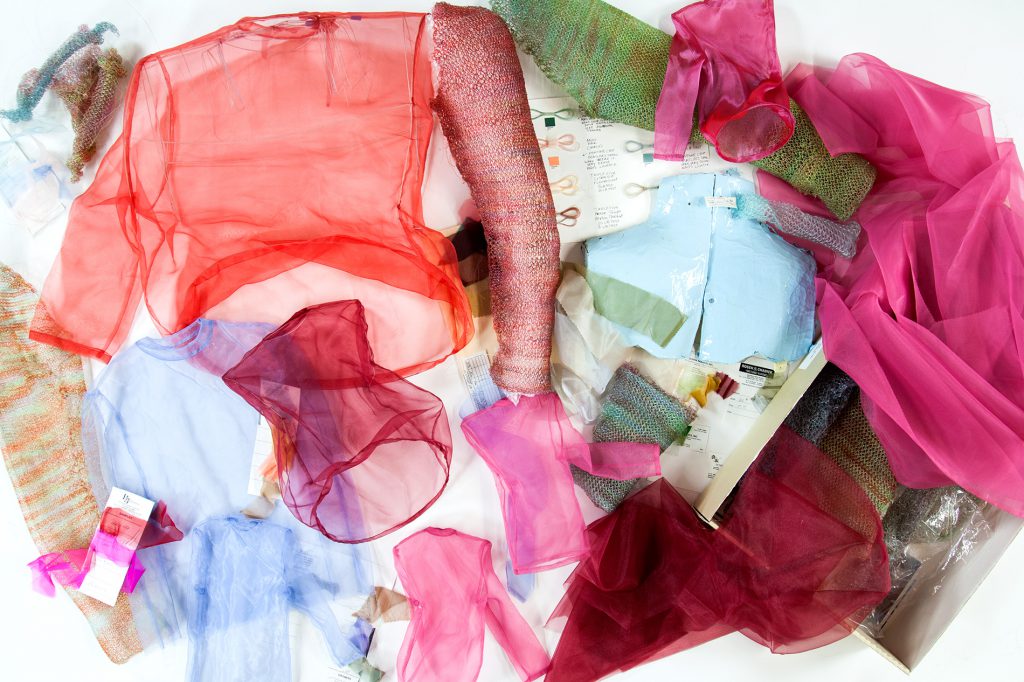The exhibition Fibbergibbet and Mumbo Jumbo: Kara E. Walker in Two Acts built upon Walker’s use, within her practice, of wall drawing and decorative craft traditions, particularly Victorian silhouette portraiture. However, Fibbergibbet and Mumbo Jumbo also marked a pivotal point in Walker’s work by its incorporation of video and performance. Within the installation, this use of light forced, as Walker described, “something two-dimensional into three-dimensional spaces.” Derived from her use of overhead projectors to cast silhouette images, the video projections and magic lanterns, coupled with the painted backdrop, created a deliberate theatricality that only further reinforces the play between “fact and fiction…real and fictitious.” Adding to this, Walker projected “aphorisms”—stereotypical and provocative sayings—on to a wooden signpost that greeted visitors entering the installation.
Walker stated that Fibbergibbet and Mumbo Jumbo refers to the “marginalia at the edges of [my] practice,” representing a range of contradictions about the relationship between self and other. To address such personal subjects, Walker represented herself directly (“a ritual necessary for some kind of transition”) but also indirectly. The video imagery enabled the artist to be present in the work but seen through a veil of the various characters or characteristics she portrayed in the installation. In essence, what results is Walker in conversation with herself, thereby turning the focus of the installation inward while at the same time revealing more of herself than she had done in the past. In her own words, Walker mused that “it’s me, standing in the middle of the landscape that exists in my mind.”
With Fibbergibbet and Mumbo Jumbo, the visitors stand there, too—in the midst of Walker’s installation—their shadows, cast into the dramatic scene, implicated and directly engaged in Walker’s imaginative, original landscape.


